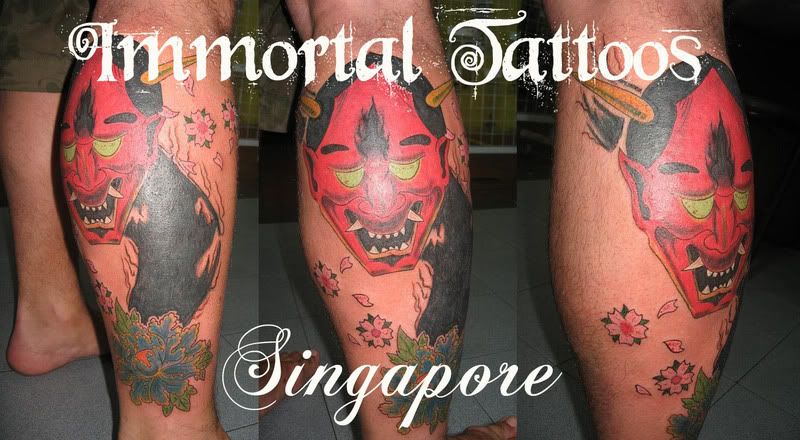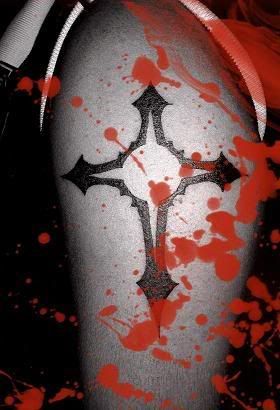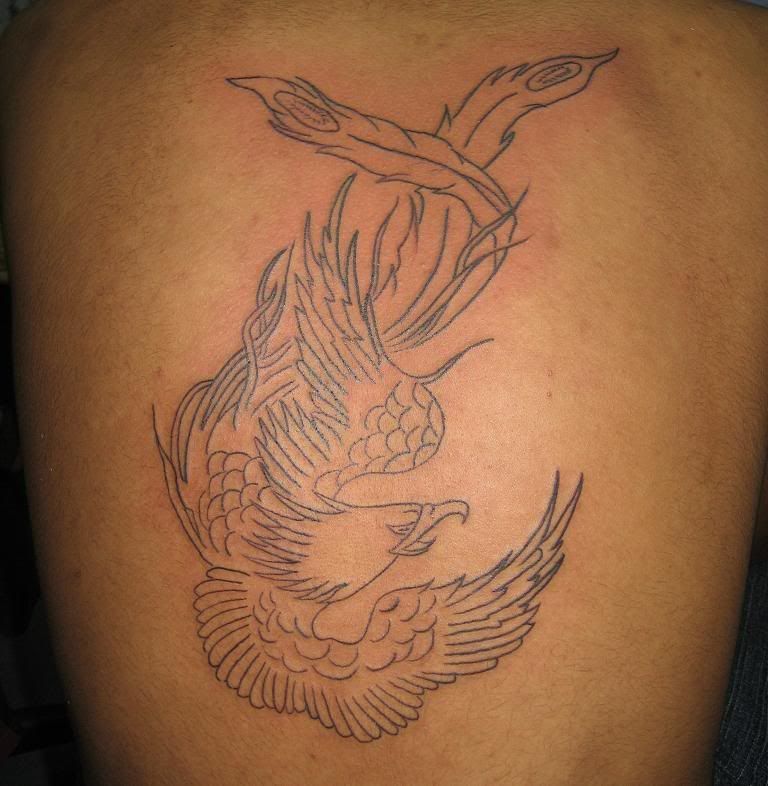Although dragons (or dragon-like creatures) occur commonly in legends around the world, different cultures have perceived them differently. Chinese dragons and Eastern dragons generally, are usually seen as benevolent, whereas European dragons are usually malevolent. Malevolent dragons also occur in Persian mythology and other cultures.
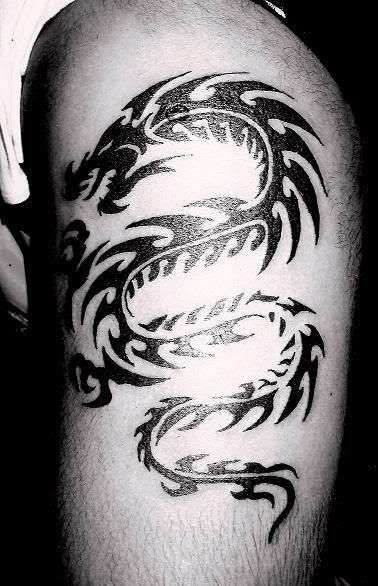
In Revelation 12:3, an enormous red beast with seven heads is described, whose tail sweeps one third of the stars from heaven down to earth (held to be symbolic of the fall of the angels, though not commonly held among biblical scholars). In most translations, the word "dragon" is used to describe the beast, since in the original Greek the word used is drakon.
Over the years, having tattoos of dragons have changed. From the more oriental or mythical looking to more modern contemporary ones. Most choose to have this kinds done on their skin, so as to not to run out of the "Trend" by having traditional dragons done instead, even though there are many who still prefer the traditional looking ones.
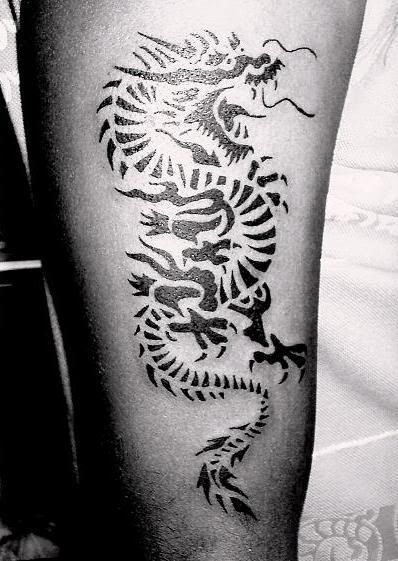
Artwork and Photography : Immortal Tattoos
